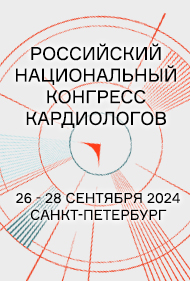In patients with vasospastic angina, long-term nitrates may not improve prognosis
Chronic use of nitrate therapy in combination with calcium channel blockers was not associated with improved long-term prognosis in patients with vasospastic angina.
Researchers with the Japanese Coronary Spasm Association conducted a multicenter study of 1,429 patients diagnosed with vasospastic angina between April 2003 and December 2008. Treatment decisions for vasospastic angina were made at the discretion of the attending physicians.
Nitrates used included nitroglycerin, isosorbide mononitrate and isosorbide dinitrate, and nicorandil. In total, 49% of the cohort received chronic nitrate therapy. Concomitant calcium channel blockers were used in more than 90% of patients who received or did not receive nitrate therapy.
Propensity score matching for the entire population identified 413 matched pairs of patients. There were no significant differences in baseline variables for the propensity-matched population.
The primary endpoint was major adverse cardiac events, including death,nonfatal MI, hospitalization due to unstable angina and HF/appropriate ICD shocks. All-cause mortality was the secondary endpoint.
During a median follow-up of 32 months, primary endpoint occurred in 5.9% of patients. Based on the propensity score-matched analysis, the cumulative incidence of major adverse cardiac events was similar between patients who received chronic nitrate therapy and those who did not (11% vs. 8%, respectively, at 5 years; HR = 1.28; 95% CI, 0.72-2.28).
Nicorandil monotherapy was associated with a neutral prognostic effect on vasospastic angina outcomes (HR = 0.8; 95% CI, 0.28-2.27). However, a multivariable Cox model showed a possible hazard with the simultaneous use of conventional nitrates plus nicorandil (HR = 2.14; 95% CI, 1.02-4.47), particularly simultaneous use of nitroglycerin and nicorandil.
“The chronic use of multiple nitrates could be rather correlated with a poor outcome, while
nicorandil itself may be acceptable in the adjuvant setting,” the researchers concluded. “These findings may have an important implication for the management of vasospastic angina patients.”
Disclosure: The researchers report no relevant financial disclosures.
Source: www.healio.com






